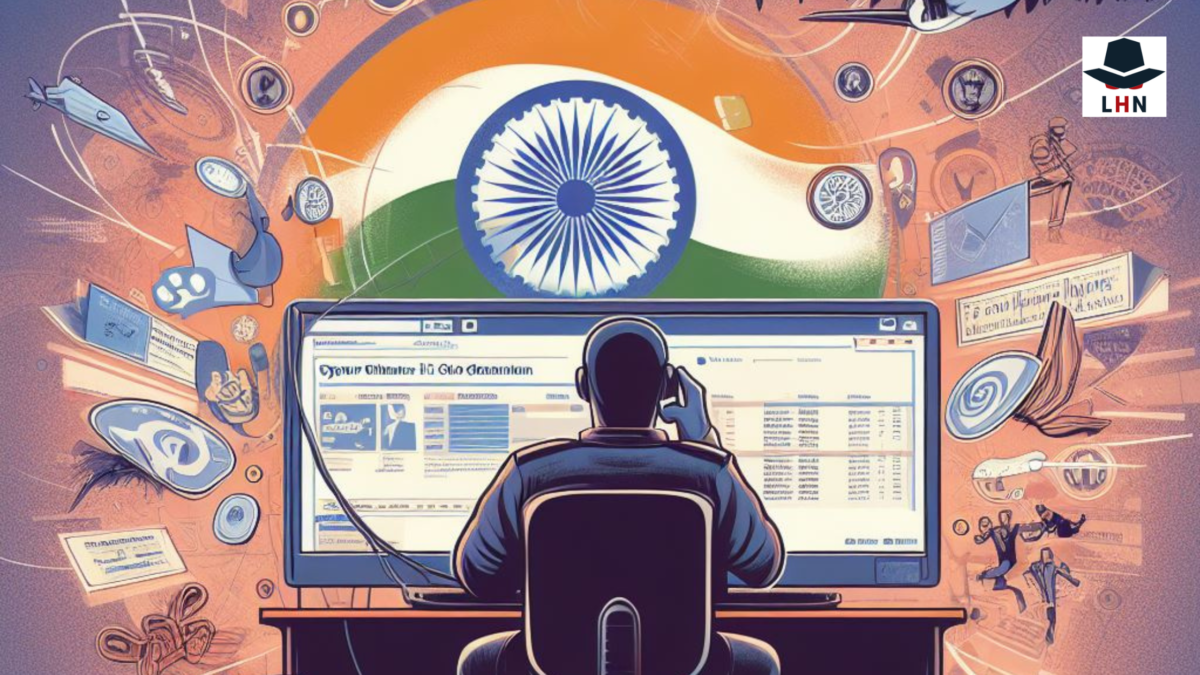In a concerning development, cybersecurity researchers have recently uncovered modified versions of WhatsApp for Android, equipped with a spyware module named CanesSpy. These modified WhatsApp applications are being distributed through dubious websites a ...
Operation Chakra-II: India’s Fight Against Online Scams and Frauds
In a big move against online crooks, India's Central Bureau of Investigation (CBI) recently took down cybercrime operations. They called it "Operation Chakra-II." This operation was a joint effort with other countries and tech giants like Microsoft and A ...
CISA Warns of Active Exploits for JetBrains and Windows
3 Comments
Cyber Security NewscybersecurityCybersecurity and Software Vulnerabilitiesethical hackingVulnerabilities
The world of cybersecurity is constantly changing, and the most recent alert comes from the Cybersecurity and Infrastructure Security Agency (CISA). CISA have issued a warning regarding ongoing attacks targeting vulnerabilities in JetBrains Integrated De ...


